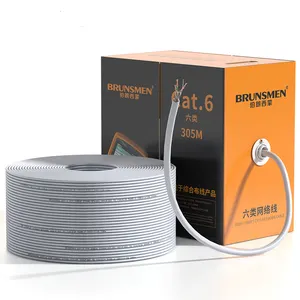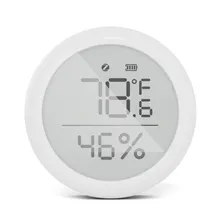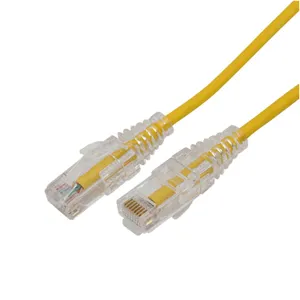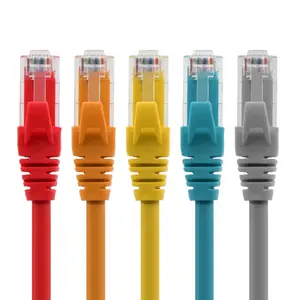Understanding Cat6 Patch Cables
Cat6 patch cables are a fundamental component in modern networking, designed to handle high-speed data transfer with efficiency. These cables are integral to creating reliable connections in a variety of networking environments, from small home offices to expansive data centers.
Composition and Design
Cat6 patch cables are constructed with a meticulous design to enhance signal integrity and minimize crosstalk. They consist of four twisted pairs of copper wire and are often equipped with an RJ45 connector. The precise twisting of the pairs within the cables is critical for reducing noise and interference, which is essential for maintaining the integrity of data transmission.
Applications and Versatility
The versatility of ethernet patch cables allows them to be used in various applications. They are commonly employed in network switches, routers, and computer connections, facilitating high-speed LAN (Local Area Network) communications. Additionally, these cables are backward compatible, meaning they can be used with older networking equipment, ensuring a broad range of usability.
Shielding and Transmission
A key feature of network patch cables is the option for shielding. Shielded Cat6 cables include a layer of foil or braided mesh that protects the internal wires from electromagnetic interference (EMI). This shielding is crucial in environments with high levels of potential interference, as it allows for more stable and faster data transmission.
Materials and Durability
The materials used in data transmission cables like Cat6 are chosen for their durability and performance. The copper wiring ensures optimal conductivity, while the outer jacket material is selected for its ability to withstand environmental stress, which can range from temperature fluctuations to physical abrasions.
Advantages of Cat6 Patch Cables
The use of high-speed network cables such as Cat6 brings several advantages. They support Gigabit Ethernet speeds up to 10 Gbps over short distances and are rated for transmission frequencies of up to 250 MHz. This makes them an excellent choice for networks that demand high bandwidth and are looking to future-proof their infrastructure.











































 浙公网安备 33010002000092号
浙公网安备 33010002000092号 浙B2-20120091-4
浙B2-20120091-4